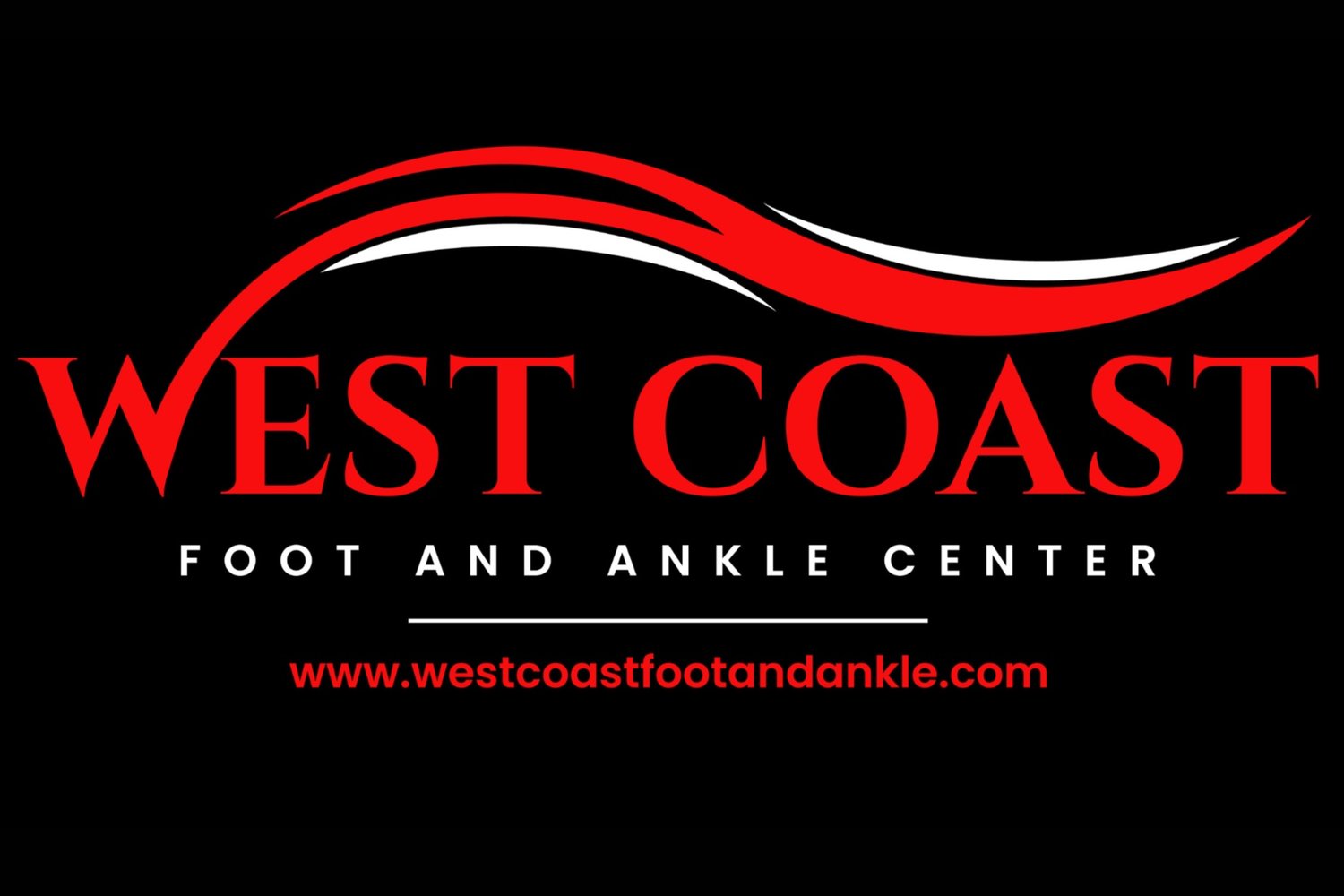Trauma
(Common Foot and Ankle Fractures)
Foot trauma has the potential to cause significant pain and possibly even compromise long-term mobility. Our footcare specialist will closely analyze your foot trauma and personalize treatment for your unique problem. We provide both non-surgical and surgical wound care to expedite the healing of your foot. However, treatment ultimately hinges on the nuances of your specific foot injury and symptoms. An examination will be performed prior to the point at which we recommend treatment. An MRI and x-ray might also be performed in addition to imaging tests.
The treatment plan developed by West Coast Foot And Ankle Center has the potential to constitute much more than pain medication and orthotics. Some patients benefit from physical therapy while others benefit from rest, ice compression and elevation, often referred to with the acronym of RICE. It might also be necessary to apply a brace, cast or splint. However, if absolutely necessary, our La Quinta, CA team will recommend surgical care specific to your unique foot trauma.
Broken Ankle
During the past 30 years, doctors have noted an increase in the number and severity of broken ankles, due in part to an active, older population of "baby boomers." In 2003, nearly 1.2 million people visited emergency rooms because of ankle problems. The ankle actually involves two joints, one on top of the other. A broken ankle can involve one or more bones, as well as injuring the surrounding connecting tissues (ligaments).
Fracture of the Talus
The talus (TAY-lus) is a small bone that sits between the heel bone (calcaneus) and the two bones of the lower leg (tibia and fibula). It has an odd humped shape, somewhat like a turtle. The bones of the lower leg "ride" on top and around the sides to form the ankle joint. Where the talus meets the bones of the foot, it forms the subtalar joint, which is important for walking on uneven ground. The talus is an important connector between the foot and the leg and body, helping to transfer weight and pressure forces across the ankle joint.
Most injuries to the talus result from motor vehicle accidents, although falls from heights also can injure the talus. These injuries are often associated with injuries to the lower back. An increasing number of talar fractures result from snowboarding, which uses a soft boot that is not rigid enough to prevent ankle injuries.
Fractures of the Heel
It's not easy to break your heel bone (calcaneus). Because it takes a lot of force, such as that sustained in a motor vehicle accident or a fall from a height, you may also incur other injuries as well, particularly to the back.
Lisfranc (Midfoot) Fracture
Have you ever dropped a heavy box on the top of your foot? Or accidentally stepped in a small hole and fallen, twisting your foot? These two common accidents can result in a Lisfranc fracture-dislocation of the midfoot. This fracture gets its name from the French doctor who first described the injury.
Lisfranc injuries occur at the midfoot, where a cluster of small bones form an arch on top of the foot between the ankle and the toes. From this cluster, 5 long bones (metatarsals) extend to the toes. The second metatarsal also extends down into the row of small bones and acts as a stabilizing force. The bones are held in place by connective tissues (ligaments) that stretch both across and down the foot. However, there is no connective tissue holding the first metatarsal to the second metatarsal. A twisting fall can break or shift (dislocate) these bones out of place.
Stress Fractures of the Foot and Ankle
Stress fractures are a type of overuse injury. These tiny cracks in your bones develop when your muscles become overtired (fatigued) and can no longer absorb the shock of repeated impacts. When this happens, the muscles transfer the stress to the bones, creating a small crack or fracture.
Stress fractures also can occur with normal usage if osteoporosis or some other disease weakens your bones and leaves them vulnerable. These fractures are often called "insufficiency fractures" because there isn't enough bone to withstand the normal stress of daily use.
Most stress fractures occur in the weight-bearing bones of the foot and lower leg. The most commonly affected site is the second or third of the long bones (metatarsals) between the toes and the midfoot. Stress fractures also can occur in the heel, the outer bone of the lower leg (fibula), and the navicular, a bone on the top of the midfoot.
Toe and Forefoot Fractures
Nearly one-fourth of all the bones in your body are in your feet, which provide you with both support and movement. A broken (fractured) bone in your forefoot (metatarsals) or in one of your toes (phalanges) is often painful but rarely disabling. Most of the time, these injuries heal without operative treatment.


